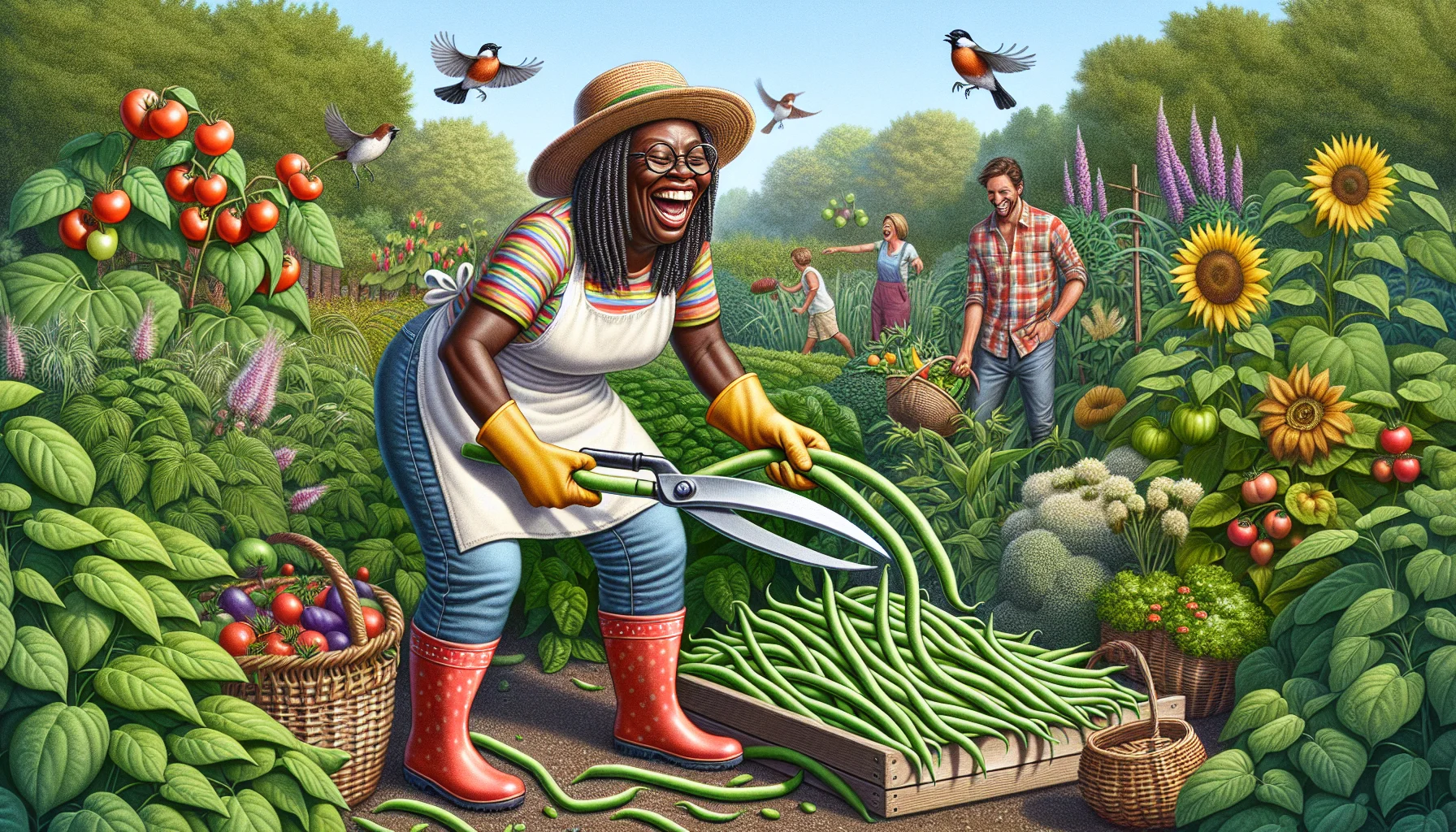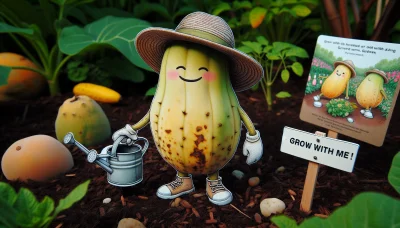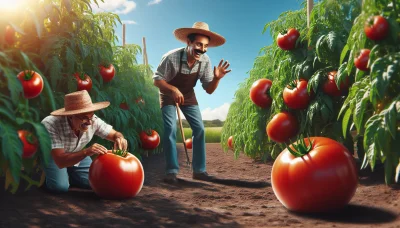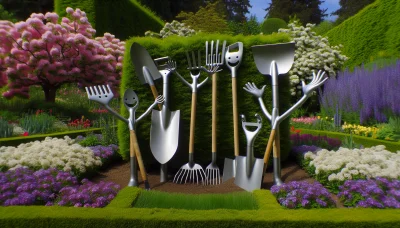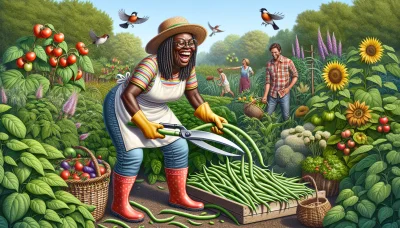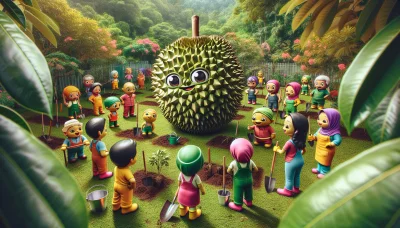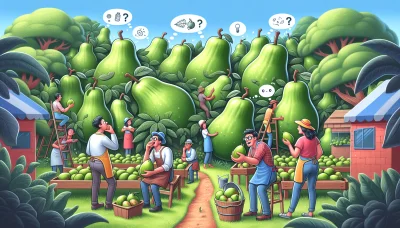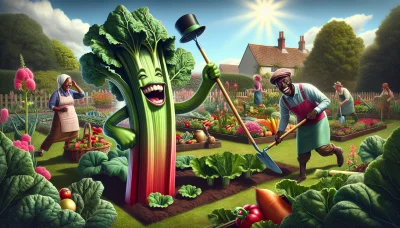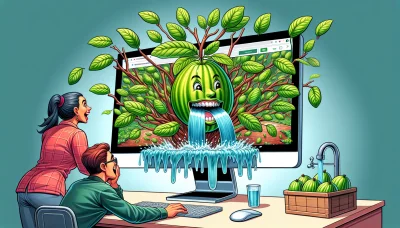How to cut green beans Quiz
Test Your Knowledge
Question of
How to Cut Green Beans: A Gardener's Guide
Cutting green beans properly is an essential skill for gardeners who wish to ensure the health and productivity of their plants. Not only does the right cutting technique help in maintaining the plant's vitality, but it also maximizes the yield and improves the quality of the beans. In this guide, we will explore the best practices for cutting green beans, aiming to equip gardeners with the knowledge to harvest their crops effectively and sustainably.
Selecting the Right Tools for Cutting Green Beans
- Sharp Chef's Knife - for precise and clean cuts.
- Cutting Board - preferably a large one to handle multiple beans at once.
- Bean Cutter - specialized tool for quicker and uniform cutting.
- Kitchen Scissors - an alternative for those uncomfortable using knives.
- Colander - for washing and draining the beans before cutting.
Preparing Green Beans for Cutting
Before cutting green beans, it's essential to prepare them properly to ensure they are clean and ready for cooking. Start by selecting fresh green beans that are firm and free from blemishes. Rinse the beans under cold running water to remove any dirt or debris. It's important to wash them thoroughly, as green beans often have dirt hidden in their crevices. After washing, pat the beans dry with a clean kitchen towel or let them air dry on a drying rack. This step is crucial to avoid any water splatter when cooking, especially if you plan to sauté or fry them. Once the green beans are dry, trim off the ends with a knife or snap them off with your fingers, and they are now ready to be cut according to your recipe.
Step-by-Step Guide to Cutting Green Beans
- Wash the green beans thoroughly under cold running water to remove any dirt or debris.
- Pat the green beans dry with a clean kitchen towel or paper towels to remove excess moisture.
- Gather a sharp knife and a cutting board to prepare for cutting.
- Line up a handful of green beans on the cutting board, making sure their ends are even.
- Trim off the stem ends of the green beans with the knife, cutting about 1/4 inch from the end. You can choose to trim both ends or just the stem end, depending on your preference.
- If desired, cut the green beans into smaller pieces. You can slice them in half for shorter pieces or at an angle for longer, diagonal pieces.
- Repeat the process with the remaining green beans until all are trimmed and cut to your desired size.
Tips for Storing Cut Green Beans
To maintain the freshness of cut green beans, it's essential to store them properly. Firstly, make sure the beans are dry before storing to prevent mold growth. Place the cut green beans in a plastic bag or an airtight container, and then store them in the refrigerator's crisper drawer. This method helps to keep them fresh for several days. For longer storage, blanch the beans for two to three minutes, plunge them into ice water to stop the cooking process, drain them well, and then freeze them in airtight containers or freezer bags. This will preserve their texture and flavor for several months.
Common Mistakes to Avoid When Cutting Green Beans
- Not Using Sharp Tools: Dull knives or shears can crush the beans instead of cutting cleanly through them. Always use sharp tools to ensure a clean cut that doesn't damage the plant or the beans.
- Cutting Too Close to the Bean: Cutting the bean too close to the stem can damage the bean and the plant. Leave a small piece of the stem attached to the bean to promote healthy regrowth.
- Harvesting at the Wrong Time: Picking beans too early or too late can affect their taste and texture. Harvest green beans when they are firm and have reached their full size, but before they become too large and tough.
- Ignoring Plant Health: Cutting beans without considering the health of the plant can lead to disease and reduced yields. Always check for signs of pests or disease before cutting, and clean your tools between plants to prevent spreading issues.
- Pulling Beans Off by Hand: While it might seem easier, pulling beans off by hand can damage the plant and the bean. Use a tool to cut the bean off instead of pulling to avoid harming the plant.
- Not Supporting the Plant: Failing to support the plant while cutting can lead to broken stems and branches. Hold the stem with one hand while cutting with the other to keep the plant stable.
- Overlooking the Importance of Timing: Cutting beans at the wrong time of day can affect their quality. Harvest in the morning after the dew has dried for the best results.
Incorporating Cut Green Beans into Your Garden Recipes
| Recipe | Ingredients | Preparation Steps |
|---|---|---|
| Green Bean Casserole | Cut green beans, cream of mushroom soup, fried onions, milk, black pepper | Mix soup and milk, then add pepper and beans. Bake for 25 minutes at 350°F. Top with fried onions, bake for 5 more minutes. |
| Green Bean Almondine | Cut green beans, sliced almonds, butter, lemon juice, garlic, salt, pepper | Blanch green beans. Sauté almonds in butter until golden. Add garlic, then beans, and cook for 2-3 minutes. Season with lemon juice, salt, and pepper. |
| Green Bean Salad | Cut green beans, cherry tomatoes, feta cheese, olive oil, balsamic vinegar, salt, pepper | Blanch green beans and cool. Mix with halved cherry tomatoes and crumbled feta. Dress with olive oil and balsamic vinegar. Season to taste. |
